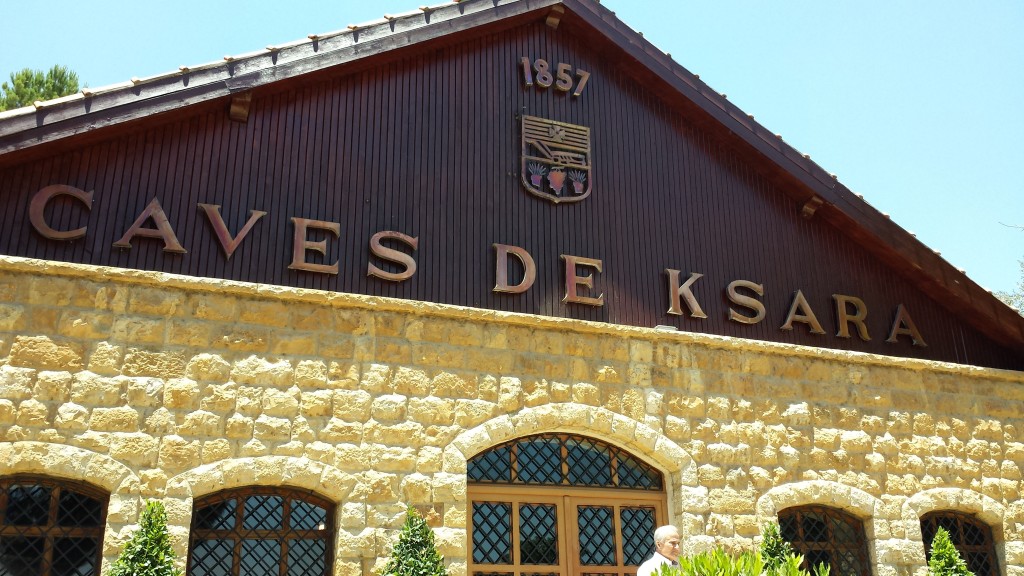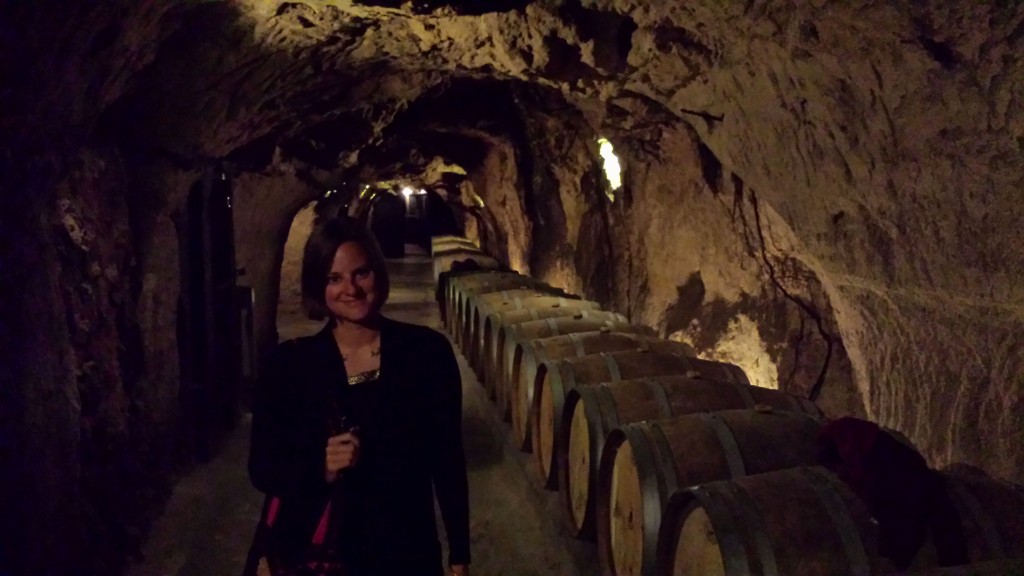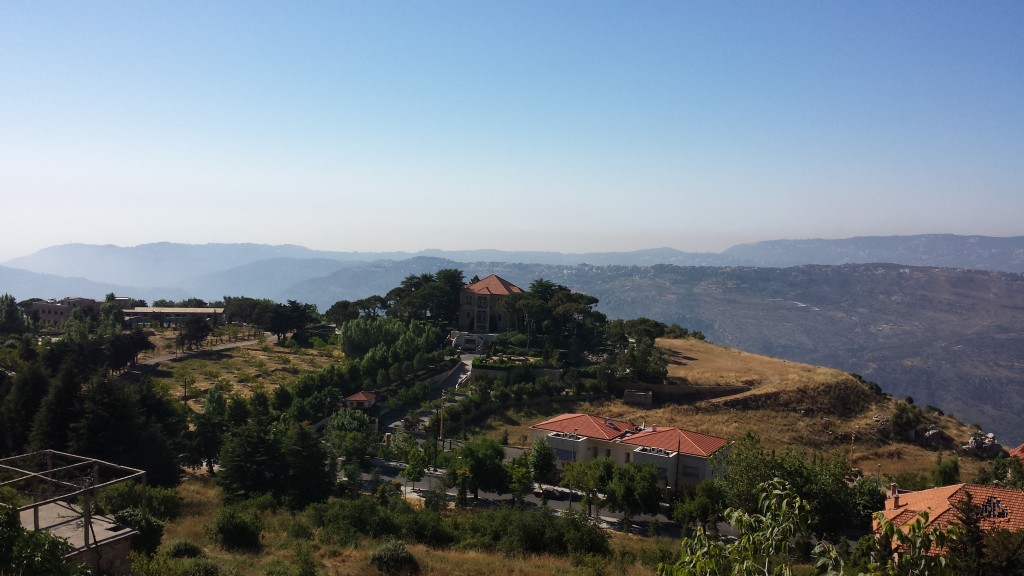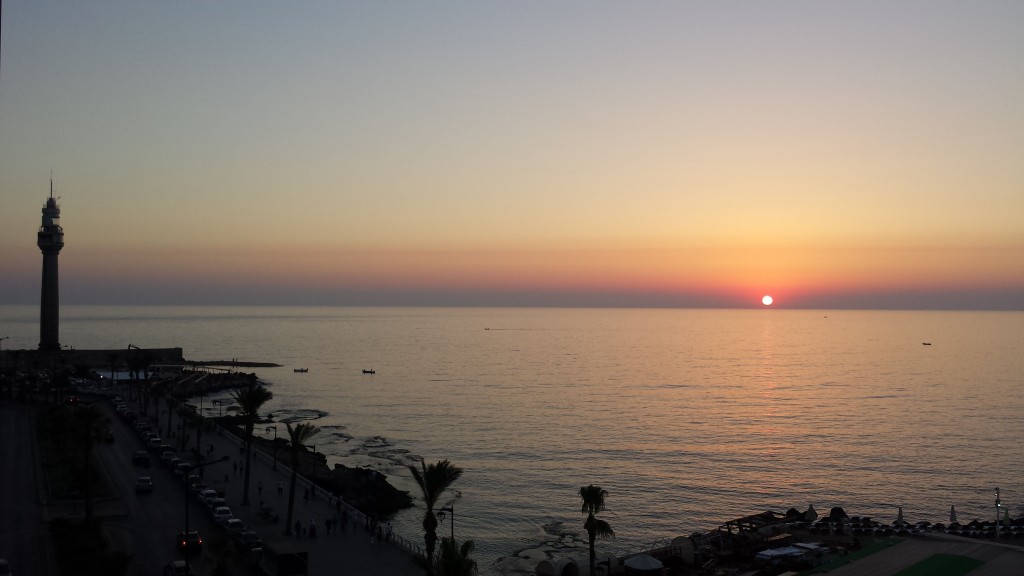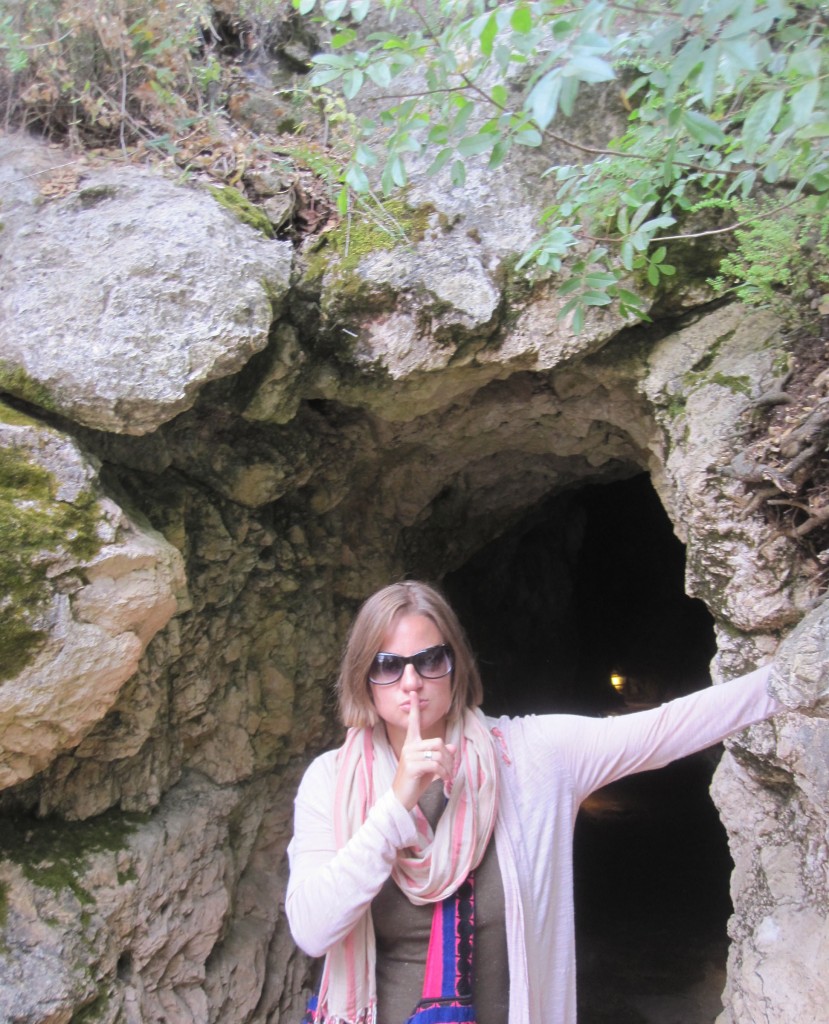I’ve been spending a lot of time underground lately. Several days ago, my family and I went to Château Ksara, a renowned winery in the Bekaa Valley–which prides itself on being the oldest, largest and most toured winery in Lebanon. The winery is also connected to the Christian history of Lebanon, as it was founded in 1857 by Jesuit priests. Around 70,000 people a year visit the winery to tour its vineyards and its Roman caves–where the wine bottles and barrels are stored. Still tucked away in the crannies of the caves are some of the original wine vessels from when the winery was created. Ksara is just one of over thirty wine estates in Lebanon…
Anyone who has been to Lebanon has witnessed its natural beauty above ground…
and on the sea…
…but a surprise many tourists find when they get here is how much there is to explore underground. As an archaeologist, I’ve always been most drawn to what’s underneath us–what’s hidden from every day view. So when I went to the Hezbollah Museum for my birthday and research, I was pleased to find that a number of original tunnels dug by hand by Hezbollah composed a significant part of the museum exhibit.
While hiking through the beautiful hills of places like Jezzine is a must-do when visiting Lebanon, walking through the caverns of Jeita Grotto–or catching a concert there if you’re lucky enough–is another “not-to-be-missed” experience. When I was there last week, it felt like we were walking through an underground natural cathedral.
